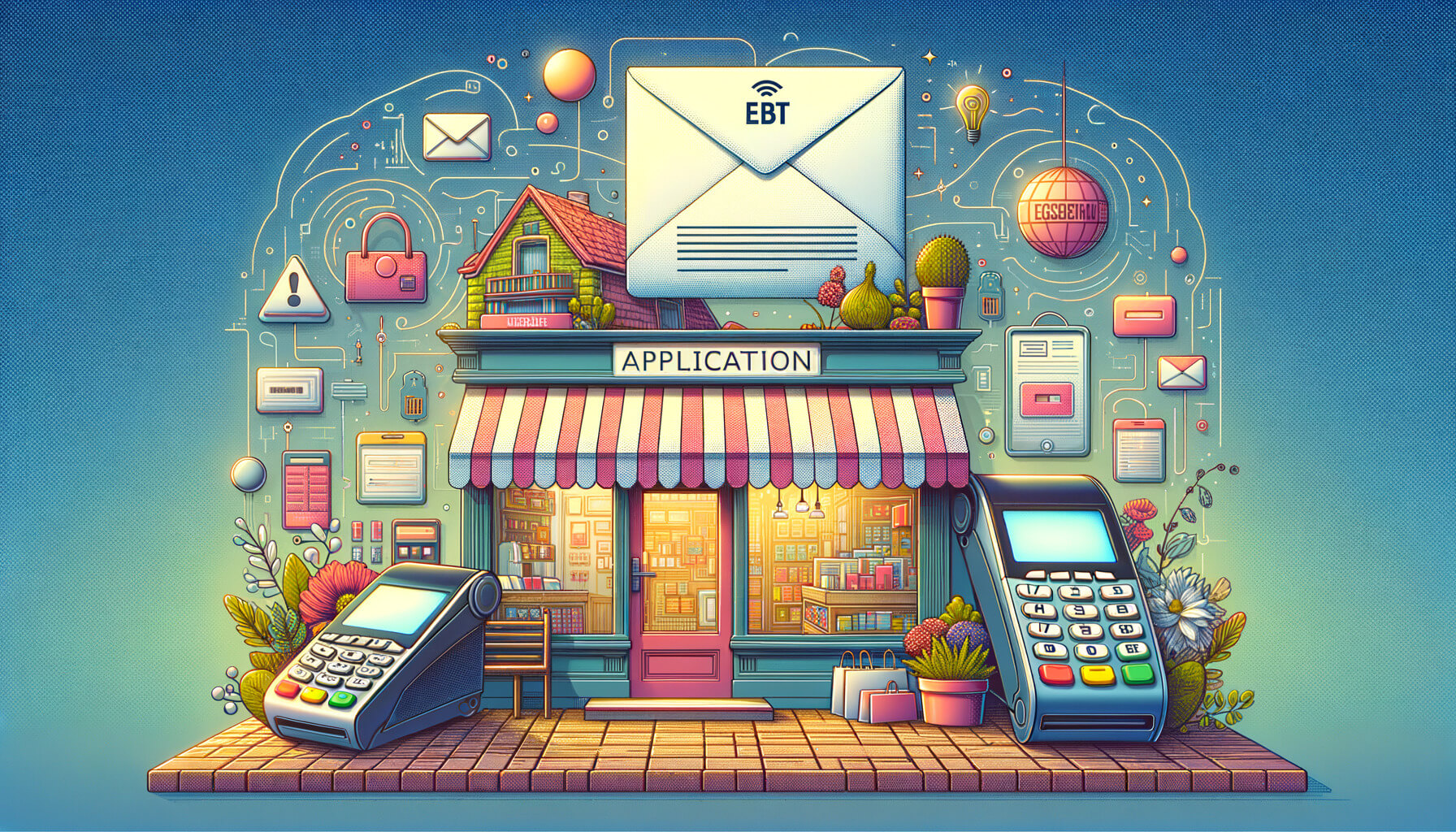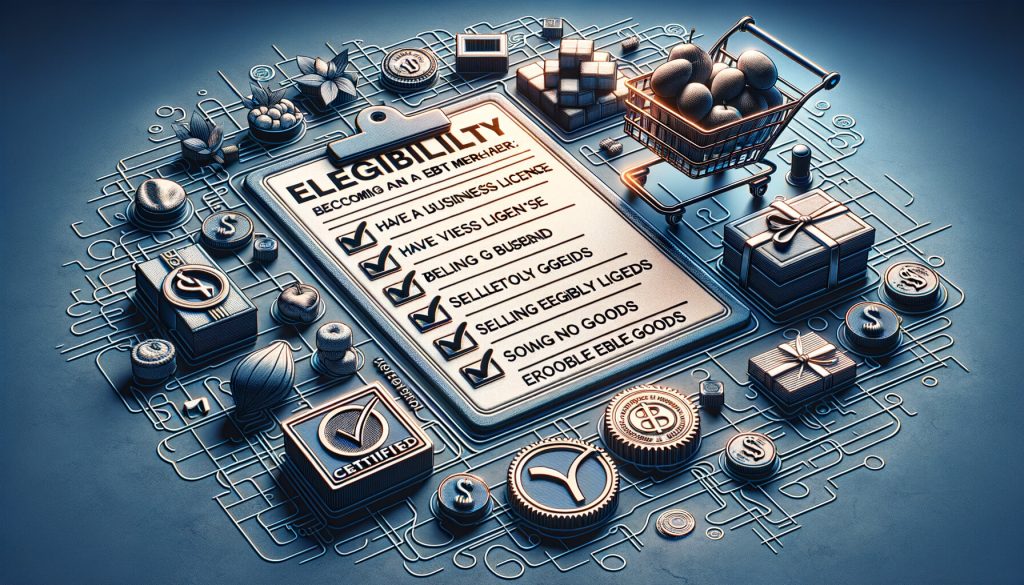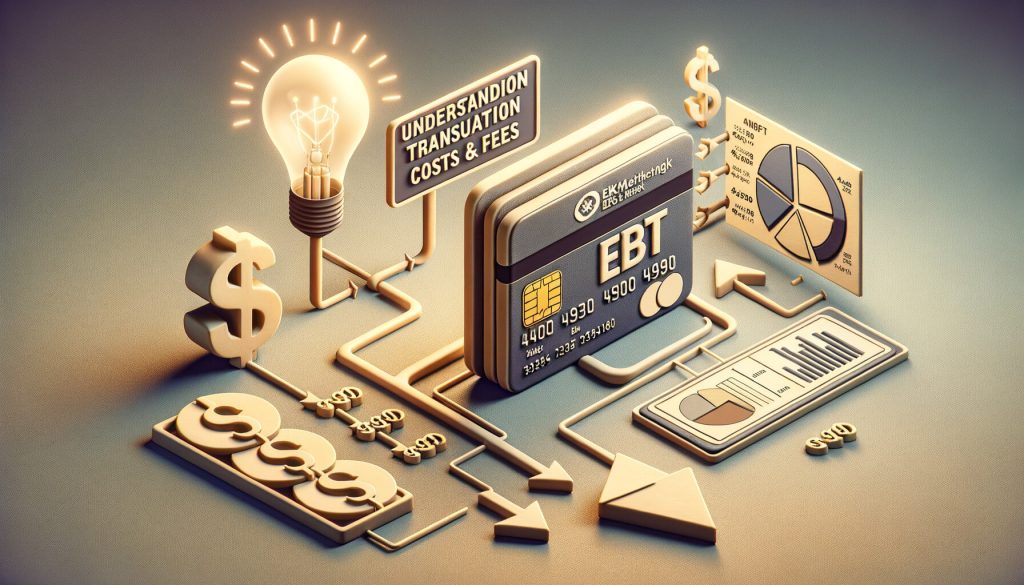
By manoj November 6, 2024
Electronic Benefit Transfer (EBT) is a system that allows eligible individuals to receive government assistance benefits, such as Supplemental Nutrition Assistance Program (SNAP) benefits, through a card-based payment method. As a store owner, accepting EBT payments can help you attract a wider customer base and increase sales.
In this comprehensive guide, we will walk you through the process of applying for EBT merchant services for your store, from understanding the basics to troubleshooting common issues.
Understanding EBT Merchant Services
EBT merchant services refer to the payment processing services that enable businesses to accept EBT payments. These services are provided by authorized EBT processors who work in collaboration with government agencies to facilitate the transfer of benefits to eligible individuals. By accepting EBT payments, you can tap into a significant market segment and provide a convenient payment option for customers who rely on government assistance.
Why Apply for EBT Merchant Services?
The introduction explains the significance of EBT merchant services and how they benefit both the store and the community. Accepting EBT payments allows stores to serve customers who rely on government assistance programs like SNAP (Supplemental Nutrition Assistance Program). With EBT, customers can purchase eligible food items using funds loaded onto a card, enhancing accessibility to essential products.
Becoming an EBT-authorized retailer expands a store’s reach, contributes to community welfare, and strengthens customer loyalty. This section provides an overview of the benefits and process of applying for EBT merchant services, setting the stage for the detailed steps in subsequent sections.
Eligibility Requirements for EBT Merchant Services

Before applying for EBT merchant services, it is crucial to ensure that your store meets the eligibility requirements set by the government. These requirements may vary depending on the state you operate in, but some common criteria include:
- Store Type: Generally, only certain types of stores are eligible to accept EBT payments. These include grocery stores, supermarkets, farmers markets, and other authorized food retailers. Non-food retailers, such as clothing stores or electronics shops, are usually not eligible.
- Stocking Requirements: To qualify for EBT merchant services, your store must meet specific stocking requirements. This means that a certain percentage of your total sales must come from staple food items, such as fruits, vegetables, dairy products, meat, and poultry. The exact percentage may vary by state.
- Licensing and Permits: You must have all the necessary licenses and permits required to operate a retail business in your state. This includes a valid business license, sales tax permit, and any other permits specific to your industry.
- Compliance with Regulations: Your store must comply with all relevant regulations, including health and safety standards, labeling requirements, and pricing regulations.
Choosing the Right EBT Merchant Service Provider

Once you have determined that your store meets the eligibility requirements, the next step is to choose the right EBT merchant service provider. Consider the following factors when making your decision:
- Authorization: Ensure that the provider you choose is authorized by the government to process EBT payments. They should have a valid contract with the state agency responsible for administering the EBT program.
- Integration: Check if the provider’s payment processing system integrates seamlessly with your existing point-of-sale (POS) system. This will make it easier for your staff to process EBT transactions and reconcile sales.
- Customer Support: Look for a provider that offers reliable customer support. In case of any issues or questions, you want to be able to reach out to them for assistance.
- Pricing: Compare the pricing structures of different providers. Some may charge a flat fee per transaction, while others may have a percentage-based fee. Consider your store’s sales volume and choose a provider that offers competitive rates.
The Application Process for EBT Merchant Services
Once you have selected a suitable EBT merchant service provider, you can begin the application process. The exact steps may vary depending on the provider, but here is a general overview:
- Contact the Provider: Reach out to the chosen provider and express your interest in applying for EBT merchant services. They will guide you through the application process and provide you with the necessary forms and documentation requirements.
- Gather Required Documents: Prepare the required documents, which may include your business license, sales tax permit, proof of stocking staple food items, and any other documents specified by the provider.
- Complete the Application: Fill out the application form provided by the provider. Ensure that all the information is accurate and up-to-date. Any discrepancies or missing information may delay the approval process.
- Submit the Application: Once you have completed the application, submit it to the provider along with the required documents. Double-check that everything is included to avoid any delays.
- Wait for Approval: The provider will review your application and documentation. The approval process may take several weeks, so be patient. If any additional information or clarification is required, the provider will reach out to you.
- Set Up EBT Equipment: Once your application is approved, the provider will assist you in setting up the necessary EBT equipment, such as card readers or POS terminals. They will guide you through the installation process and ensure that everything is functioning correctly.
Setting Up EBT Equipment and Technology

Setting up the right EBT equipment and technology is crucial for smooth EBT payment processing in your store. Here are some key steps to follow:
- Consult with Your Provider: Work closely with your EBT merchant service provider to determine the most suitable equipment for your store. They will guide you on the type of card reader or POS terminal that is compatible with their system.
- Purchase or Lease Equipment: Depending on your budget and preferences, you can either purchase or lease the necessary EBT equipment. Consider factors such as cost, warranty, and technical support when making your decision.
- Install and Configure Equipment: Follow the instructions provided by the equipment manufacturer or your provider to install and configure the EBT equipment. Ensure that it is connected to your POS system and properly integrated.
- Test the Equipment: Before accepting EBT payments from customers, conduct thorough testing of the equipment to ensure that it is functioning correctly. Process test transactions and verify that the funds are being transferred accurately.
Training Your Staff on EBT Transactions
To ensure a seamless EBT payment experience for your customers, it is essential to train your staff on how to process EBT transactions. Consider the following steps:
- Familiarize Staff with EBT Guidelines: Provide your staff with comprehensive training on the guidelines and regulations associated with EBT payments. This includes understanding eligible items, transaction limits, and prohibited activities.
- Train on Equipment Usage: Teach your staff how to operate the EBT equipment, including card readers or POS terminals. They should be able to handle different types of EBT cards and troubleshoot any technical issues that may arise.
- Practice Transaction Processing: Conduct role-playing exercises to simulate EBT transactions. This will help your staff gain confidence in processing payments, handling customer inquiries, and resolving any potential issues.
- Ongoing Training and Updates: EBT guidelines and regulations may change over time. Ensure that your staff receives regular updates and refresher training to stay up-to-date with any changes in the EBT program.
Understanding EBT Transaction Fees and Costs

While accepting EBT payments can be beneficial for your store, it is important to understand the associated transaction fees and costs. Here are some key points to consider:
- Provider Fees: Your EBT merchant service provider will charge fees for processing EBT transactions. These fees may vary depending on the provider and the type of transaction (e.g., swiped or keyed-in). Familiarize yourself with the fee structure and ensure that it aligns with your budget.
- Equipment Costs: In addition to transaction fees, you may need to invest in EBT equipment, such as card readers or POS terminals. Consider the upfront costs, as well as any ongoing maintenance or replacement expenses.
- Training Costs: Training your staff on EBT transactions may involve additional costs, such as hiring trainers or investing in training materials. Include these costs in your budget planning.
- Potential Benefits: While there are costs associated with accepting EBT payments, it is important to consider the potential benefits. By expanding your customer base and increasing sales, the revenue generated from EBT transactions may outweigh the associated costs.
Troubleshooting Common EBT Payment Issues
Despite careful preparation, you may encounter some common issues when processing EBT payments. Here are a few troubleshooting tips:
- Connectivity Issues: If you experience connectivity issues with your EBT equipment, ensure that it is properly connected to your POS system and that the internet connection is stable. Restarting the equipment or contacting your provider’s technical support may help resolve the issue.
- Card Read Errors: If the card reader is unable to read an EBT card, check for any visible damage or dirt on the card. Clean the card and try again. If the issue persists, the card may be damaged and require replacement.
- Insufficient Funds: Occasionally, customers may attempt to make purchases with insufficient funds on their EBT cards. Train your staff to handle such situations politely and inform the customer about the remaining balance on their card.
- Transaction Declines: If a transaction is declined, verify that the customer’s EBT card is valid and has not expired. If the card is valid, instruct your staff to contact the EBT customer service helpline for further assistance.
Frequently Asked Questions (FAQs)
Q1: Can any store accept EBT payments?
No, only authorized food retailers, such as grocery stores and farmers markets, are eligible to accept EBT payments.
Q2: How long does the EBT merchant services application process take?
The application process can take several weeks, depending on the provider and the state you operate in.
Q3: Are there any penalties for non-compliance with EBT regulations?
Yes, non-compliance with EBT regulations can result in penalties, including fines, suspension of EBT privileges, or even legal action.
Q4: Can I accept EBT payments online?
Currently, EBT payments can only be accepted in physical stores. Online EBT payment options are being explored but are not widely available yet.
Conclusion
Accepting EBT payments can be a valuable addition to your store’s payment options, allowing you to serve a broader customer base and increase sales. By understanding the eligibility requirements, choosing the right EBT merchant service provider, and following the application process, you can successfully integrate EBT payments into your business operations.
Additionally, setting up the necessary equipment, training your staff, and troubleshooting common issues will ensure a smooth EBT payment experience for both your customers and your business. Embrace the opportunities that EBT merchant services offer and enhance your store’s financial success.